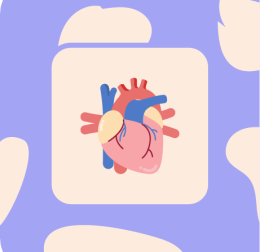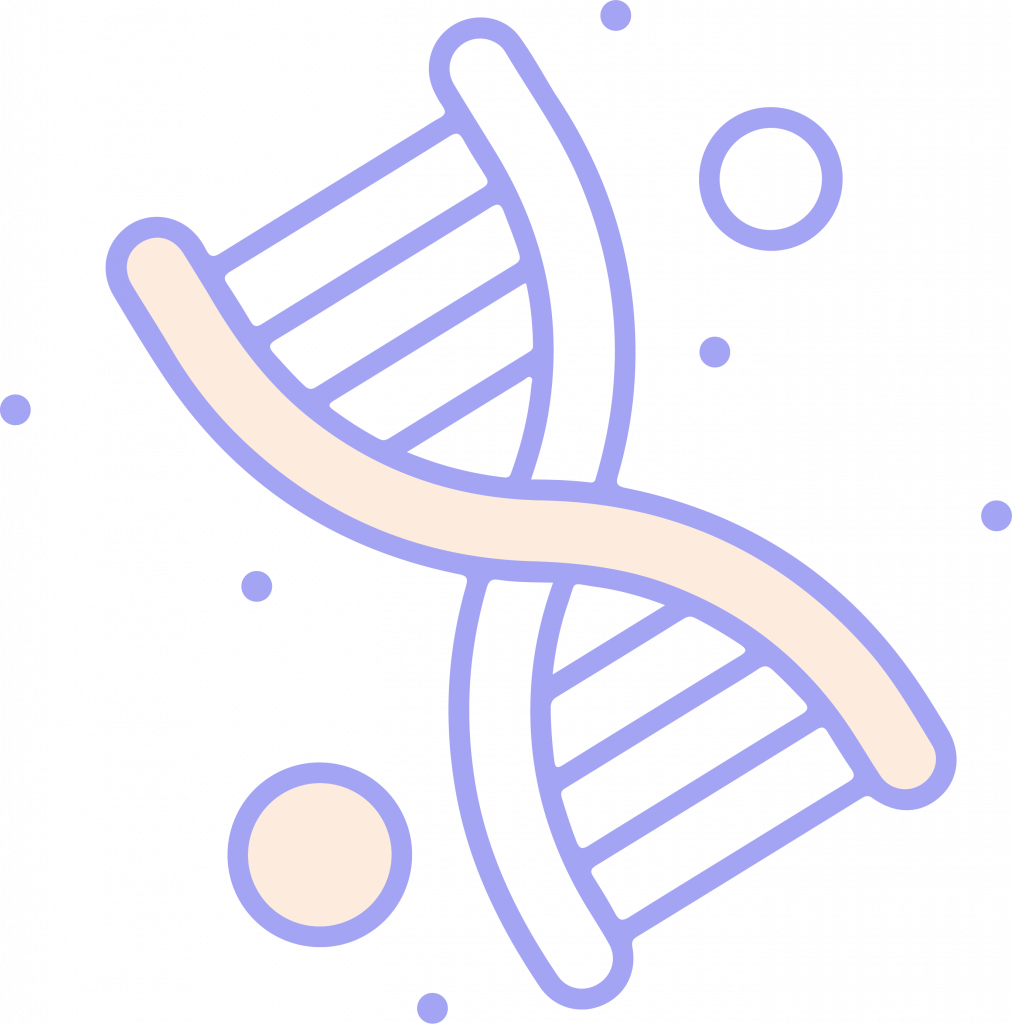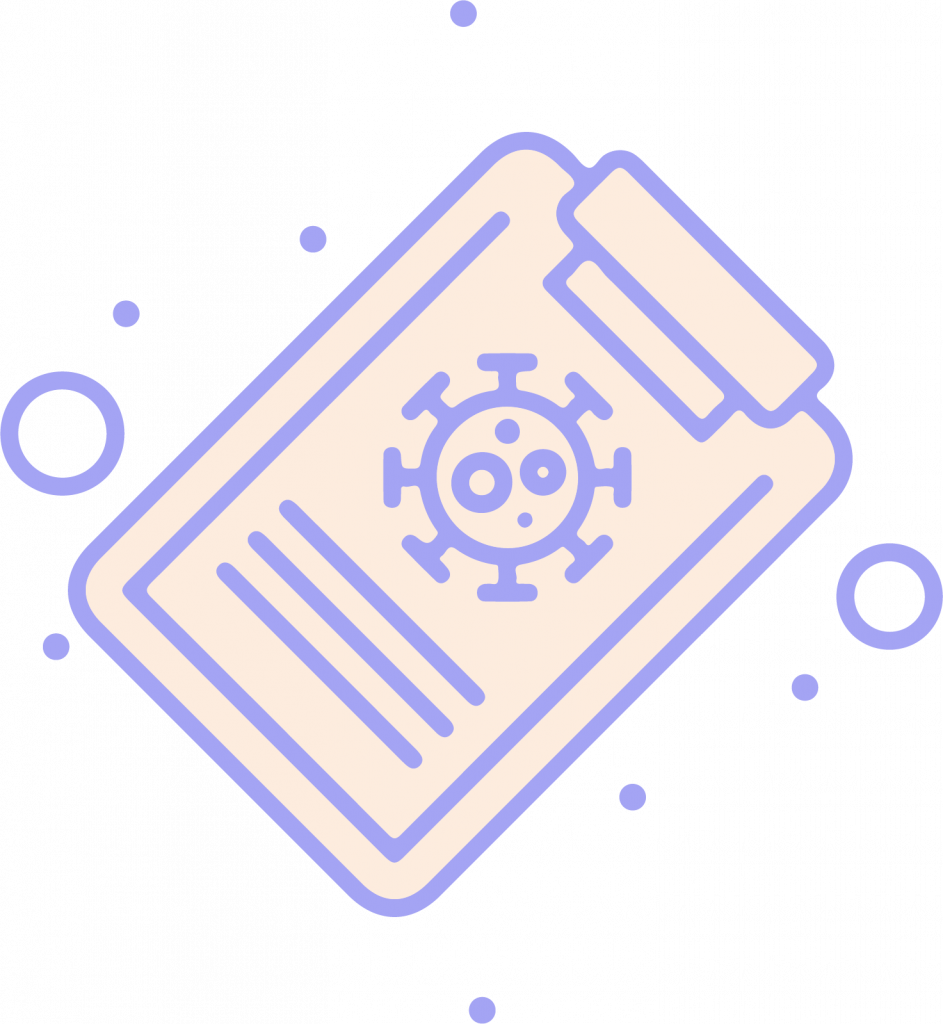Internal Medicine
Cardiology

Cardiology
Arrhythmias, Valvular Disorders, Hypertension (HTN), Ischemic Heart Diseases (IHD), Congestive Heart Failure (CHF)
Preface
No one wants to waste time reading a preface. Neither did we want to write something that will get ignored. But this isn’t that formality.
We wrote this introduction to quickly explain to you why this course is different. In the book, ‘The Magic of Thinking Big’ author David Schwartz wrote, ‘The story is told that the great scientist Einstein was once asked how many feet are in a mile. Einstein’s reply was, “I don’t know. Why should I fill my brain with facts I can find in two minutes in any standard reference book?” Einstein taught us a big lesson. He felt it was more important to use your mind to think than to use it as a warehouse for facts.’ And then the author goes on to explain that the ability to know how to get and use information is more important than using the mind as a garage for miscellaneous facts.
Unfortunately, most question banks consist of a haphazard assortment of different questions probing for information to prepare you for the exam. But once you get responsible for patients, both you and your patient know that they rely on you for your thinking skills and Google for a quick fact check.
So based on this principle, we develop our courses in Tome Pollom. Every chapter has the concepts explained in a clear, simple, and straight-forward way. In fact, you will need little effort to understand the concepts and will be surprised how quickly and easily you can finish studying!
Our hope is that this course is going to save you time and energy (and sleep and anti-depressants and hair-loss) and much more of your valuable resources. Just see for yourself.
Nevertheless, if you feel anything needs improving from your perspective, or whether the information is unclear or wrong, every page has a ‘Send Us Your feedback’ box for your kind input. We thrive on your feedback and criticisms and we aim to improve as we go along together. So, thank you in advance.
Hope you have a productive session. Make sure you get enough sleep!
About the course
Cardiology is a very tricky system because you have to think like an engineer of sorts and fully understand physiology in order to better comprehend the mechanics or mechanisms that affect the proper functioning of the heart. But what makes this system daunting is also what makes it interesting.
As a matter of principle, heart disease causes some kind of ‘chest pain’ or ‘palpitations’, especially in the middle-aged and the elderly, and requires an electrocardiogram (ECG) as a primary diagnostic tool. But managing the various heart conditions requires a deeper and more varied knowledge and understanding than you’d imagine, and cardiovascular disease is currently the number one cause of mortality globally, so your preparation for this should be thorough for the frequency of cases you’d be facing in the hospital or clinic.
And best of all, most heart conditions are pretty straightforward, like hypertension (HTN), coronary artery disease (CAD) which leads to ischemic heart disease (IHD) and acute coronary syndrome (ACS), as well as cardiomyopathies and valvular disorders that can lead to congestive heart failure (CHF). And last but not least (but slightly confusing) arrhythmias.
We’ve tried our best to make this system as simple and accessible as possible. But we hope to improve this section even more with your constructive feedback. Wish you all the best and get enough sleep.

What will you learn
Euismod sem purus rutrum in. Tortor varius a bibendum nisl et tellus. Aliquet elit senectus iaculis netus gravida.
1. Sed viverra ipsum nunc aliquet bibendum enim facilisis gravida.
2. At urna condimentum mattis pellentesque id nibh.
3. Magna etiam tempor orci eu lobortis elementum.
4. Bibendum est ultricies integer quis. Semper eget duis at tellus.
What our students say

Cutts Daniel
Lorem ipsum dolor sit amet, consectetur adipiscing elit. Ut elit tellus, luctus nec ullamcorper mattis, pulvinar dapibus leo.

Daniel Smith
Lorem ipsum dolor sit amet, consectetur adipiscing elit. Ut elit tellus, luctus nec ullamcorper mattis, pulvinar dapibus leo.

Katherine Cutts
Lorem ipsum dolor sit amet, consectetur adipiscing elit. Ut elit tellus, luctus nec ullamcorper mattis, pulvinar dapibus leo.


Copyright ©| Tome Pollom

Copyright | Tome Pollom ©


